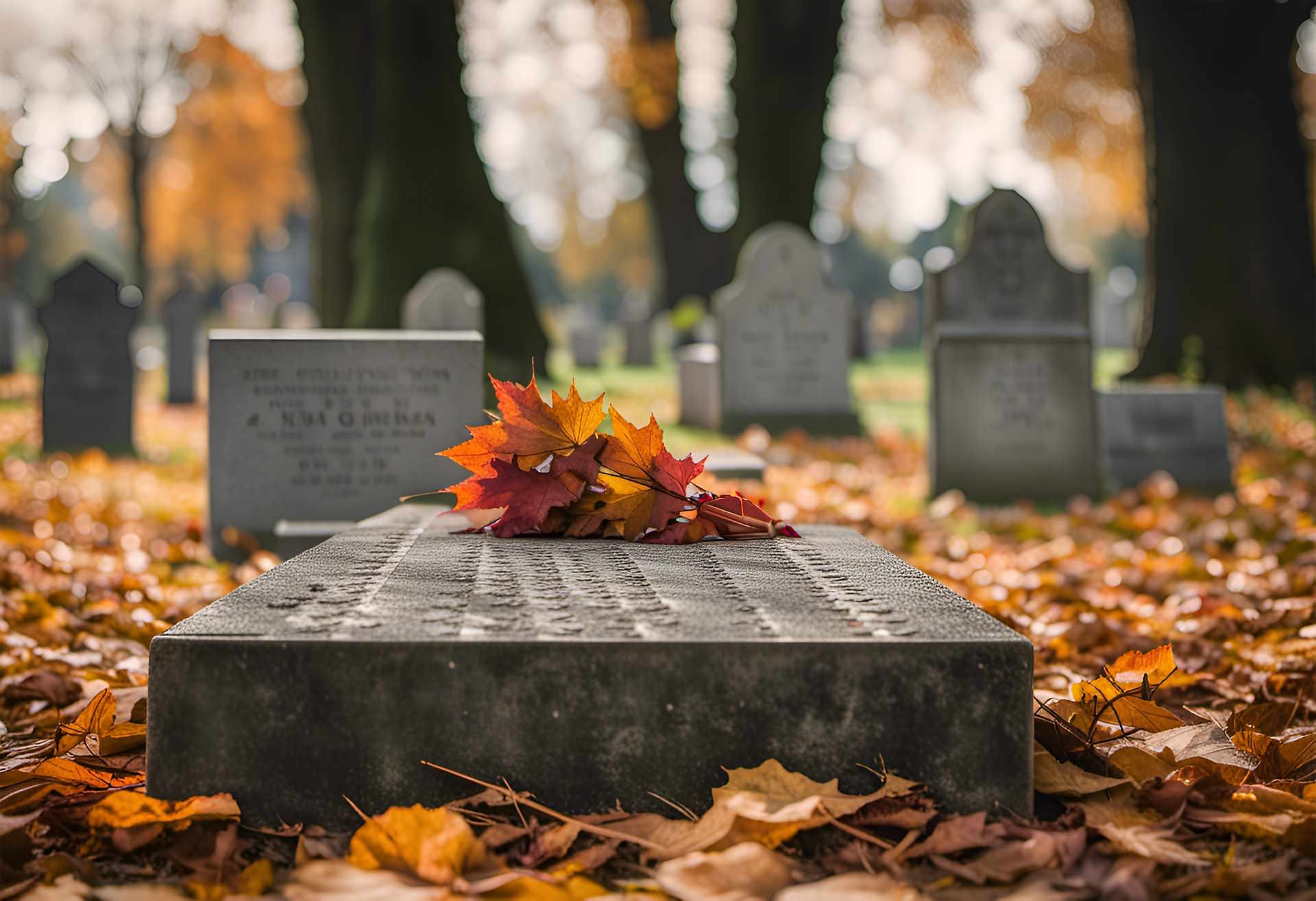Support during loss: caring funeral professionals
In today's evolving society, funerals are undergoing significant changes. This article explores the various aspects of modern funerals, from cost considerations to innovative approaches, helping you understand the current landscape of end-of-life services.

How does the age of the deceased impact funeral costs?
The cost of a funeral depends on the age of the deceased, with several factors coming into play. For infants and young children, funeral services are often simpler and less expensive due to smaller caskets and fewer attendees. Adult funerals typically incur higher costs due to larger caskets, more extensive services, and potentially more elaborate ceremonies.
For elderly individuals, costs can vary widely. Some may have pre-planned and pre-paid for their funerals, potentially reducing the financial burden on families. However, if no arrangements were made, costs might be similar to those of other adult funerals.
What are green funeral services, and why are they gaining popularity?
Green funeral services are gaining popularity as people become more environmentally conscious. These eco-friendly options focus on reducing the environmental impact of traditional funeral practices. Some key features of green funerals include:
- Biodegradable caskets or shrouds
- Natural or conservation burial grounds
- Avoiding embalming fluids
- Using locally-sourced, sustainable materials
- Encouraging carpooling or virtual attendance to reduce travel emissions
The growing interest in green funerals stems from a desire to leave a smaller ecological footprint, even in death. Many people find comfort in the idea of returning to nature in a more natural way, contributing to the ecosystem rather than depleting resources.
How does the state funeral assistance system work in Australia?
The state funeral assistance system in Australia varies by state and territory, but generally provides financial support for those who cannot afford funeral costs. Each jurisdiction has its own eligibility criteria and application process. Typically, assistance is available to low-income individuals or families who can demonstrate financial hardship.
In some cases, the government may cover basic funeral expenses, including: - A simple coffin - Transportation of the deceased - Burial or cremation fees - Basic administrative costs
It’s important to note that state assistance usually covers only essential services, and families may need to contribute additional funds for more personalized elements or ceremonies.
What new approaches are emerging in organizing funerals and caring for the deceased?
New approaches to organizing funerals and caring for the deceased are evolving to meet changing societal needs and preferences. Some innovative trends include:
- Virtual funerals: Live-streamed services allow distant family and friends to participate.
- Celebration of life events: Focusing on joyful memories rather than mourning.
- Personalized ceremonies: Incorporating unique elements that reflect the deceased’s personality and interests.
- Alternative disposition methods: Such as alkaline hydrolysis (water cremation) or human composting.
- Digital memorials: Creating online spaces for sharing memories and condolences.
These new approaches aim to make funerals more meaningful, accessible, and aligned with individual values and beliefs.
When should you contact a funeral home?
Knowing when to contact a funeral home is crucial for a smooth and respectful process. Generally, you should reach out to a funeral home:
- Immediately after a death occurs, especially if it happens at home
- As soon as possible following a death in a hospital or care facility
- When a death is imminent, to begin pre-planning
- If you wish to make advance arrangements for yourself or a family member
Early contact with a funeral home allows for proper care of the deceased, timely completion of necessary paperwork, and adequate time to plan a meaningful service.
What are the typical costs associated with funerals in Australia?
Understanding funeral costs is essential for proper planning. Here’s an overview of typical funeral expenses in Australia:
| Service | Average Cost Range |
|---|---|
| Basic Cremation | $4,000 - $7,000 |
| Basic Burial | $8,000 - $15,000 |
| Full-Service Funeral | $15,000 - $20,000 |
| Casket/Coffin | $1,000 - $8,000 |
| Cemetery Plot | $2,500 - $20,000+ |
| Headstone | $1,500 - $5,000 |
Prices, rates, or cost estimates mentioned in this article are based on the latest available information but may change over time. Independent research is advised before making financial decisions.
Funeral costs can vary significantly based on location, chosen services, and personal preferences. Urban areas generally have higher costs compared to rural regions. Additional expenses may include flowers, catering for a wake, and newspaper obituaries.
To manage costs, consider: 1. Comparing quotes from multiple funeral homes 2. Opting for a simple service or direct cremation 3. Choosing a less expensive casket or urn 4. Limiting additional services like limousine hire or elaborate floral arrangements
Remember that a meaningful farewell doesn’t necessarily require extravagant spending. Focus on creating a service that honors the deceased and provides comfort to the bereaved.
In conclusion, modern funerals offer a range of options to suit different preferences, beliefs, and budgets. From eco-friendly green services to innovative celebration of life events, the landscape of end-of-life care continues to evolve. By understanding the various aspects of funeral planning, including costs, timing, and available assistance, you can make informed decisions during a challenging time.
The shared information of this article is up-to-date as of the publishing date. For more up-to-date information, please conduct your own research.




